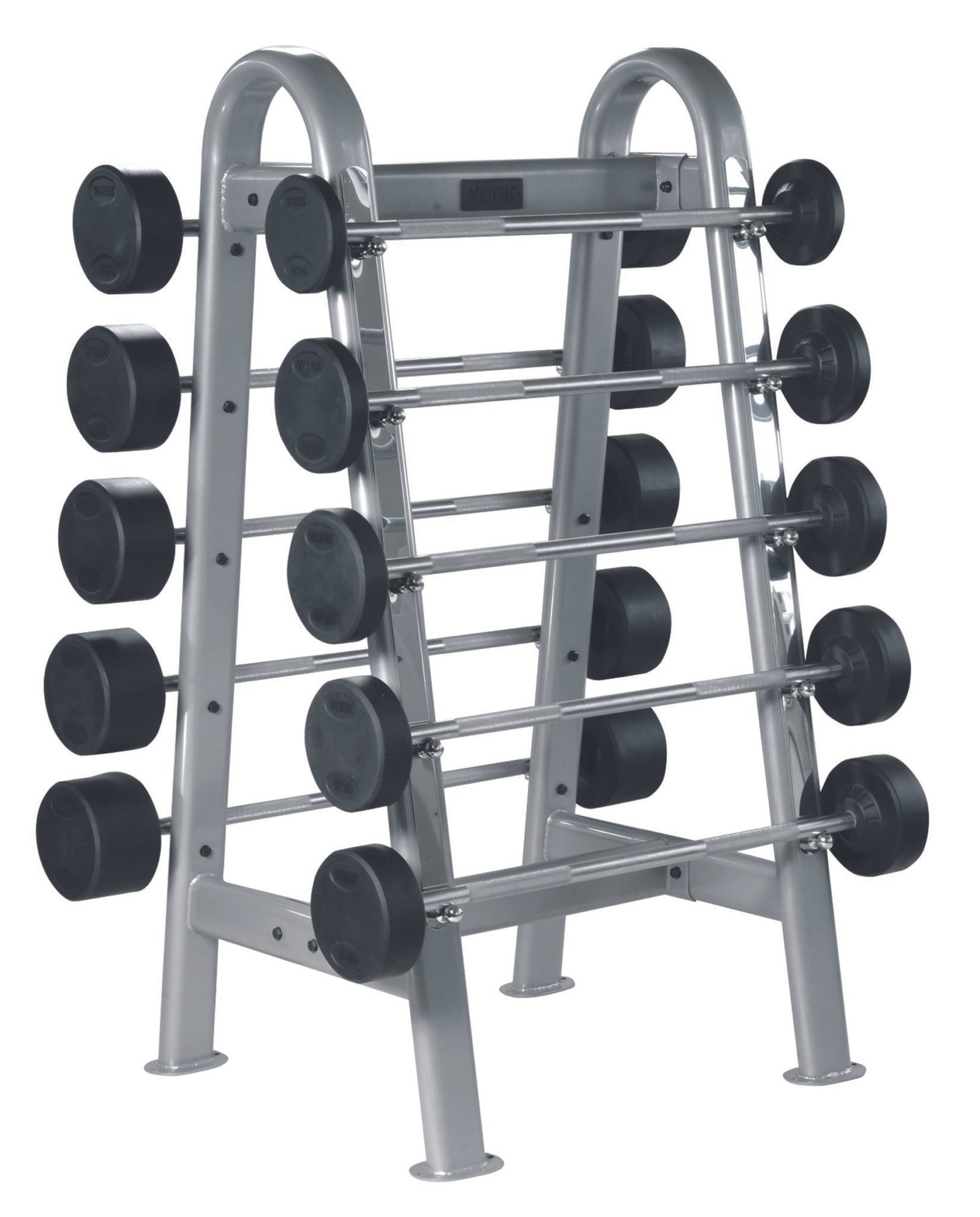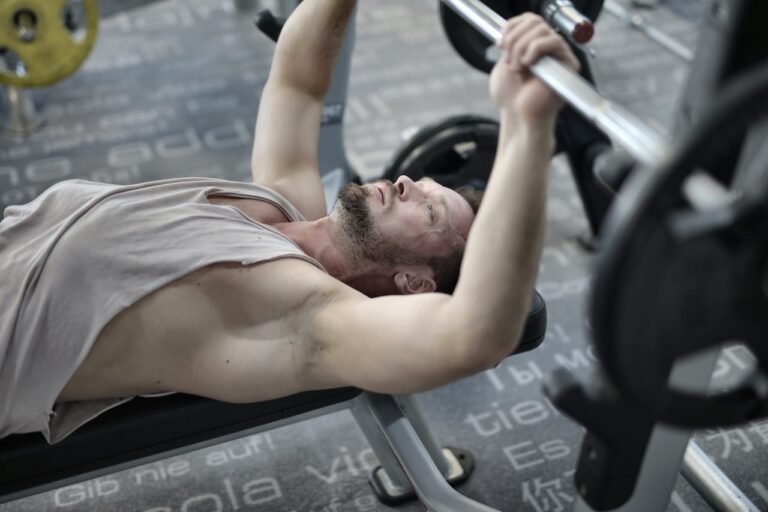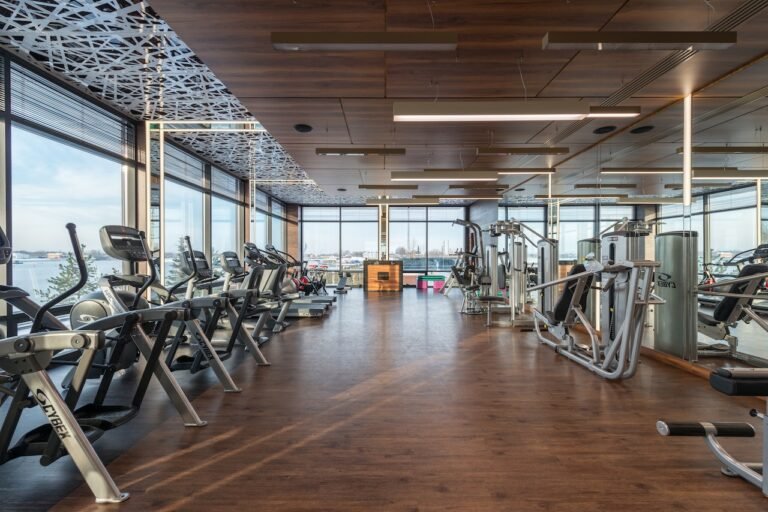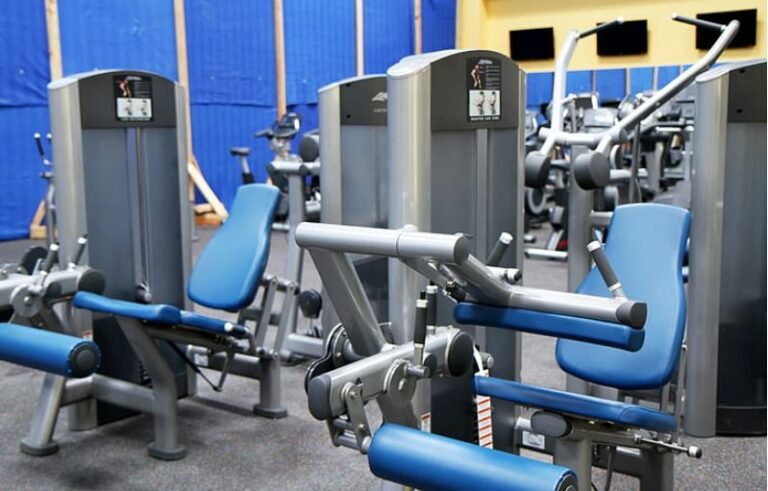Bar Rack Essentials: Perfect Squats, Comparisons, Full-Body Workouts, and Rehabilitation Uses
Selecting an appropriate rack requires consideration of several factors. Firstly, evaluate the space you have available. Does the rack’s footprint fit comfortably in your gym area? Furthermore, consider the types of workouts you’ll be performing. For powerlifters, a rack with a sturdy frame capable of holding heavy weights is essential. Conversely, those focusing on bodybuilding or general fitness may prioritize a rack with versatility for different bar lengths and types. It’s also wise to seek out a rack with protective linings to prevent damage to your bars and ensure longevity.
5 Reasons Every Fitness Pro Needs
There are compelling reasons why a bar rack is indispensable for fitness professionals:
- Organization: A bar rack keeps workout spaces tidy, making it easier to focus on the workout without clutter.
- Accessibility: Having bars stored at waist or chest height allows for quick transitions and less downtime.
- Safety: Secure storage reduces the risk of bars rolling away or causing accidents.
- Protection: A bar rack helps maintain the condition of both the bars and the gym flooring.
- Professionalism: A well-organized gym with proper equipment storage speaks volumes about the quality of the facility and its management.
The Ultimate Guide to Bar Rack Exercises for Strength Training
Incorporating a bar rack into your strength training routine can have a transformative effect on your workouts. Foundational moves of strength training such as squats, deadlifts, and presses can all benefit from the stability and accessibility provided by this rack. The ability to make quick changes in weight allows for a more efficient workout. Additionally, when it comes to progressive overload, being able to safely add weight is critical, and a reliable bar rack is essential for this process.
Bar Rack Workouts: How to Build Muscle Efficiently at Home
Building muscle at home has become increasingly popular, and a bar rack can be pivotal in this endeavor. Starting with compound movements like squats and bench presses, the rack serves as a safe and effective way to lift heavy without a spotter. For those with limited time, supersets and circuit training are facilitated by the convenience of a rack, allowing for rapid switching between exercises. Remember, consistency is key in muscle building, and having a home setup with a bar rack ensures your routine suffers no interruptions.
Innovative Bar Rack Storage Solutions for Small Home Gyms
Don’t let space constraints stop you from enjoying the benefits of a bar rack. Contemporary designs offer wall-mounted racks and vertical storage options that take up minimal space. Some racks are even designed to be folded away when not in use. If you’re creative, a customized solution that fits perfectly into your home’s unique layout could be the ideal way to incorporate this essential piece of equipment into your small gym space.

Maximizing Your Gym Space: Top 10 Bar Rack Models for Serious Fitness Enthusiasts
Selecting the right equipment is crucial when enhancing your gym space. For fitness enthusiasts, a bar rack is an indispensable gear piece. It helps organize your space and ensures efficient workout sessions. The market offers numerous bar rack models, each with unique features and benefits. Certain models stand out above the rest. For example, the Rogue R-3 Power Rack is celebrated for its sturdiness and versatility. Meanwhile, the Titan T-3 Series balances affordability and functionality. The Eleiko XF 80 Rack is renowned for its superior quality and design, catering to Olympic-level training standards. The PRx Performance Profile Rack is a game-changer with its space-saving attributes. Additional noteworthy mentions include the FringeSport Commercial Squat Rack, the Sorinex Base Camp Rack, and the American Barbell Pull-Up Squat Stand, each providing robustness and reliability. The Hammer Strength HD Elite Rack stands out for its customization options. For those on a budget, the CAP Barbell Full Cage Power Rack is a strong contender. Lastly, the Ethos Power Rack 1.0 rounds out the list with its user-friendly setup, perfect for both novices and seasoned lifters.
Bar Rack Safety: How to Use and Store Your Bars Properly
When it comes to safety, it is crucial to use and store a bar rack properly. The first step to creating a safe workout environment is ensuring that the racks are assembled in accordance with the manufacturer’s instructions. Proper spacing around the rack is also important to prevent accidents during weight lifting. When storing bars, it is best to place them horizontally on the rack to avoid any possible bending or damage. Additionally, it is imperative to regularly check the racks for any loose bolts or signs of wear and tear. By following these safety protocols, you can significantly reduce the risk of injury and extend the lifespan of your equipment.
Integrating a Bar Rack into Your Crossfit Training Routine
Moreover, integrating a bar rack into your Crossfit training routine can revolutionize your workouts. Crossfit is known for its high-intensity, varied movements, and having a rack at your disposal allows for incorporating strength training seamlessly. Utilize the rack for squats, presses, and deadlifts, which are foundational exercises that can enhance your Crossfit performance. A well-structured rack can also support gymnastic movements such as pull-ups and toes-to-bar, adding to the versatility of your regimen.
The Evolution of Bar Racks in Modern Fitness Centers
Observing the evolution of bar racks in modern fitness centers reveals how they have adapted to the changing needs of athletes. Initially, racks were rudimentary in design, primarily serving the purpose of storing weights. Today, they have transformed into multifaceted stations that not only store equipment but also act as a hub for a diverse array of exercises. This progression underscores the industry’s commitment to innovation and meeting the dynamic demands of fitness enthusiasts.
Read Also:
Customizing Your Bar Rack: Accessories and Add-Ons
Customization is another significant advancement. Modern bar racks can be tailored to individual preferences with a variety of accessories and add-ons. From dip stations and landmine attachments to band pegs and wing attachments, these enhancements can greatly expand the functionality of your rack. Investing in custom options allows for a personalized training experience, catering specifically to your fitness goals.
Professional Tips for Maintaining and Caring for Your Bar Rack
let’s address the maintenance of your rack. Professionals in the field emphasize the importance of regular inspections to ensure the equipment is in top condition. Keeping the rack clean from dust and rust, tightening all bolts, and checking for any parts that need replacement are all essential aspects of maintenance. It is also recommended to apply a protective coating to metal parts to prevent oxidation.
How to Perform the Perfect Squat Using a Bar Rack: A Step-by-Step Guide
Squats are a fundamental exercise for strength, power, and lower body development. To execute the perfect squat using this rack, follow these steps:
- Positioning: Start by setting the bar at chest level on the rack. When you stand under the bar, it should rest comfortably on your upper back, just below the neck.
- Bar Placement: Duck under the bar and position it across your shoulders. Secure the bar in place using your hands for stability, keeping elbows down and back straight.
- Lifting Off: With your feet shoulder-width apart, lift the bar off the rack by straightening your legs. Take a step back and stabilize your stance.
- The Descent: Inhale deeply and begin to lower your body by bending at the knees. Keep your back neutral and your chest upright. The bar should move in a vertical line.
- The Ascent: Exhale as you push through your heels to return to the starting position. Keep the core engaged and the bar balanced.
Bar Rack Comparisons: Free Weights vs. Smith Machine Bars
When comparing bar racks for squats, one must consider the differences between free weights and Smith machine bars. Free weights offer a range of motion that is natural and unrestricted, requiring more stabilization and engaging more muscle groups. Conversely, Smith machine bars are fixed within steel rails, offering a guided motion that is beneficial for those new to squatting or those who need to limit their range of motion due to injury.

Building a Complete Body Workout Around Your Bar Rack
This rack isn’t limited to squats; it’s a versatile tool for a full-body workout. Incorporate lunges for lower body strength, bench presses for chest development, and overhead presses for shoulder conditioning. Transition smoothly from one exercise to the next by adjusting the bar height and the weight to suit each movement.
The Role of a Bar Rack in Rehabilitation and Physical Therapy
In rehabilitation, a bar rack can be instrumental. It provides a controlled environment to perform squats and other exercises with minimal risk. The stability of this rack allows for the gradual increase of weight, which is essential for rebuilding strength and confidence after an injury.
Bar Rack Mastery: Advanced Techniques for Experienced Lifters
For experienced lifters, bar rack mastery involves more than just heavy weights. Techniques such as pause squats, where the lifter holds at the bottom of the squat, or incorporating bands and chains to add resistance can significantly enhance strength and power. The key is to maintain form and control throughout each advanced technique.







